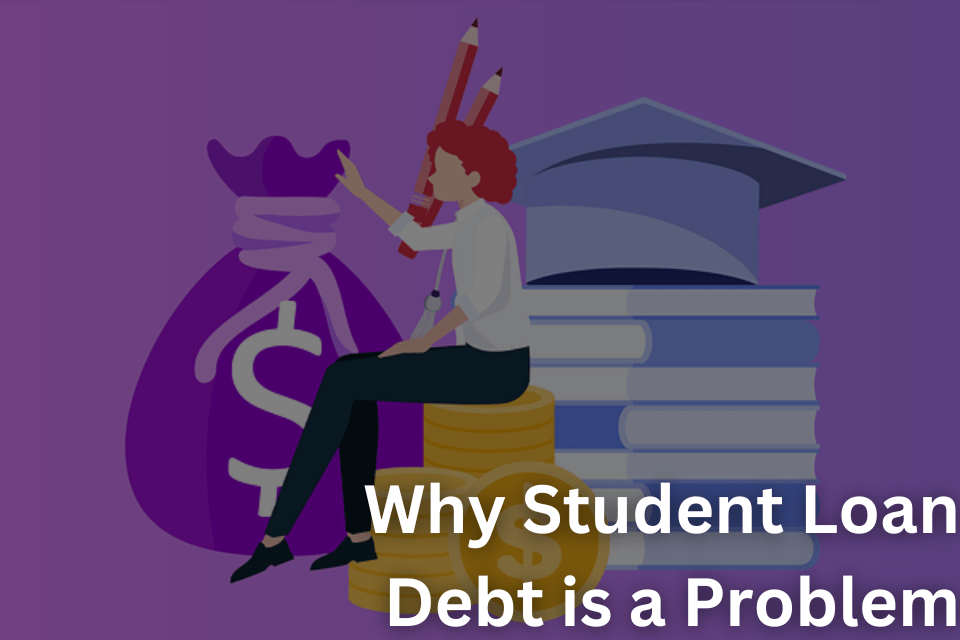Student loan debt is a growing problem in the United States, with the total outstanding debt now exceeding $1.6 trillion. This staggering figure has far-reaching consequences for both individuals and the economy as a whole. In this article, we will explore the causes of student loan debt, its impact on borrowers and the economy, and potential solutions to address this problem.
The Causes of Student Loan Debt
- Rising college costs: One of the main reasons for the explosion of student loan debt is the increasing cost of higher education. College tuition and fees have risen significantly in recent years, making it difficult for many families to afford the cost of a college education.
- Lack of alternative funding options: Many students turn to student loans as their only option for funding their education, as grants and scholarships do not always provide enough money to cover the cost of tuition.
- Inadequate financial education: Many students take out student loans without fully understanding the terms and conditions, the long-term implications, and the possibility of defaulting.
The Impact of Student Loan Debt
- Burden on borrowers: Student loan debt can be a heavy burden on borrowers, making it difficult for them to purchase a home, start a business, or even save for retirement.
- Delayed life milestones: Many borrowers are forced to delay important life milestones, such as getting married, having children, or buying a home, due to the overwhelming burden of student loan debt.
- Impact on credit scores: Student loan debt can also have a negative impact on borrowers’ credit scores, making it more difficult for them to qualify for other forms of credit.
Impact on the Economy
- Reduced consumer spending: Borrowers with high levels of student loan debt may be less likely to spend money on non-essential items, which can negatively impact the economy.
- Reduced economic growth: High levels of student loan debt can also make it difficult for borrowers to invest in the economy, such as starting a business or purchasing a home, which can slow economic growth.
Potential Solutions
- Lowering the cost of college: One potential solution to reducing student loan debt is to make college more affordable by lowering tuition and fees.
- Increase availability of grants and scholarships: Increasing the availability of grants and scholarships can also help to reduce the need for student loans.
- Greater financial education: Providing students with better financial education can help them make more informed decisions when taking out student loans.
- Income-Driven Repayment plans: These plans allow borrowers to pay back student loans based on their income, which can make repayment more manageable.
Conclusion
Student loan debt is a growing problem in the United States, with consequences for both individuals and the economy. By understanding the causes, impact, and potential solutions, we can work to reduce the burden of student loan debt and improve the financial well-being of borrowers. It is important to address this problem at all levels, from government policy to individual financial planning and education.

